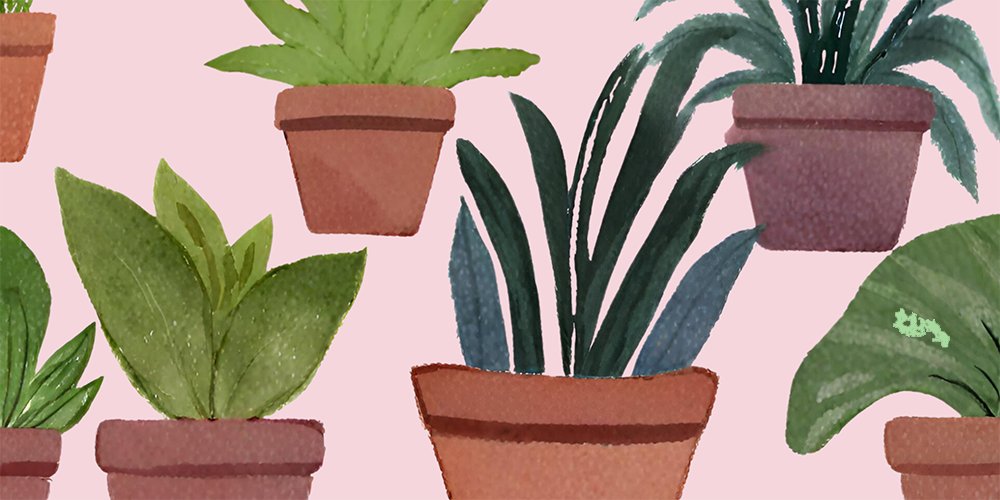Houseplant Care Guide

Indoor plants are not only decorative but also offer numerous health and well-being benefits. Whether you're a first-time plant owner or have a growing indoor jungle, mastering the basics of plant care is essential for keeping your green friends thriving. In this guide, we'll explore some fundamental principles of indoor plant care that apply to a wide variety of houseplants.
1. Lighting
Adequate light is essential for plant growth. Most indoor plants fall into one of three light categories:
Low Light: These plants can thrive in areas with minimal natural light, making them suitable for rooms with small windows or shaded spots.
Medium Light: Plants in this category do well in bright, indirect sunlight. They can be placed near a window with filtered light.
High Light: Some plants require direct sunlight for several hours a day.
Observe your plant's response to its current location, and adjust its placement accordingly to ensure it receives the right amount of light. If your plant isn't getting enough light, you can supplement with indoor grow lights.
2. Watering
Overwatering is a common mistake in indoor plant care. Water your plants when the top inch of the soil feels dry to the touch. Use pots with drainage holes to prevent water from accumulating at the bottom, which can lead to root rot. Remember, it's better to underwater than overwater; most houseplants can recover from slight drought, but not from root rot.
3. Humidity Control
Indoor environments can be dry, especially during the winter months. Many indoor plants, especially tropical varieties, thrive in higher humidity. To increase humidity, mist your plants regularly, place a humidity tray nearby, or use a humidifier in the room.
4. Potting Mix and Repotting
Use a well-draining potting mix suitable for your plant type. Repot your plants when they outgrow their containers, typically every 1-2 years. Choose a slightly larger pot and refresh the soil during repotting.
5. Fertilising
Indoor plants benefit from occasional feeding during the growing season (Spring and Summer). Use a balanced, water-soluble fertiliser diluted to half the recommended strength. Avoid fertilising during the dormant period (Autumn and Winter).
6. Pruning and Maintenance
Regularly prune your indoor plants to remove dead or yellowing leaves and promote healthy growth. Wipe the leaves with a damp cloth to keep them clean and dust-free.
7. Pest and Disease Management
Keep an eye out for pests or diseases. Isolate affected plants to prevent issues from spreading and treat them promptly with appropriate solutions, such as insecticidal soap, neem oil or specialised indoor plant pest sprays. A solid solution for getting rid of fungus gnats is by using yellow sticky traps.
8. Temperature
Most indoor plants thrive in temperatures between 15-27°C. Avoid exposing them to extreme temperature fluctuations from drafts, radiators, or air conditioning.
9. Rotate Your Plants
Rotate potted plants every few weeks to ensure even growth and prevent leaning towards the light source.
Conclusion
With these fundamental principles of indoor plant care, you'll be well on your way to cultivating a thriving indoor garden. Remember that while these guidelines apply to a wide range of houseplants, individual species may have specific requirements. Regular observation, a little TLC, and patience are key to nurturing healthy and happy indoor plants. Happy gardening!